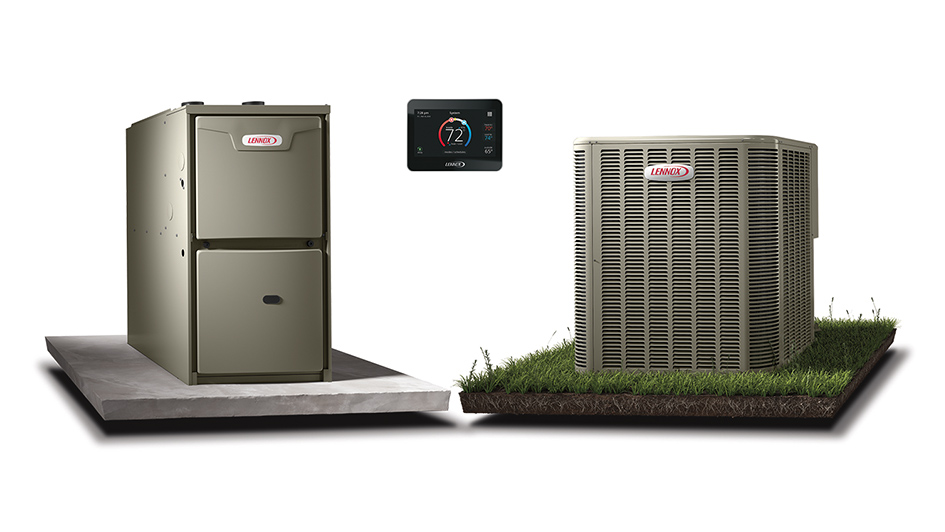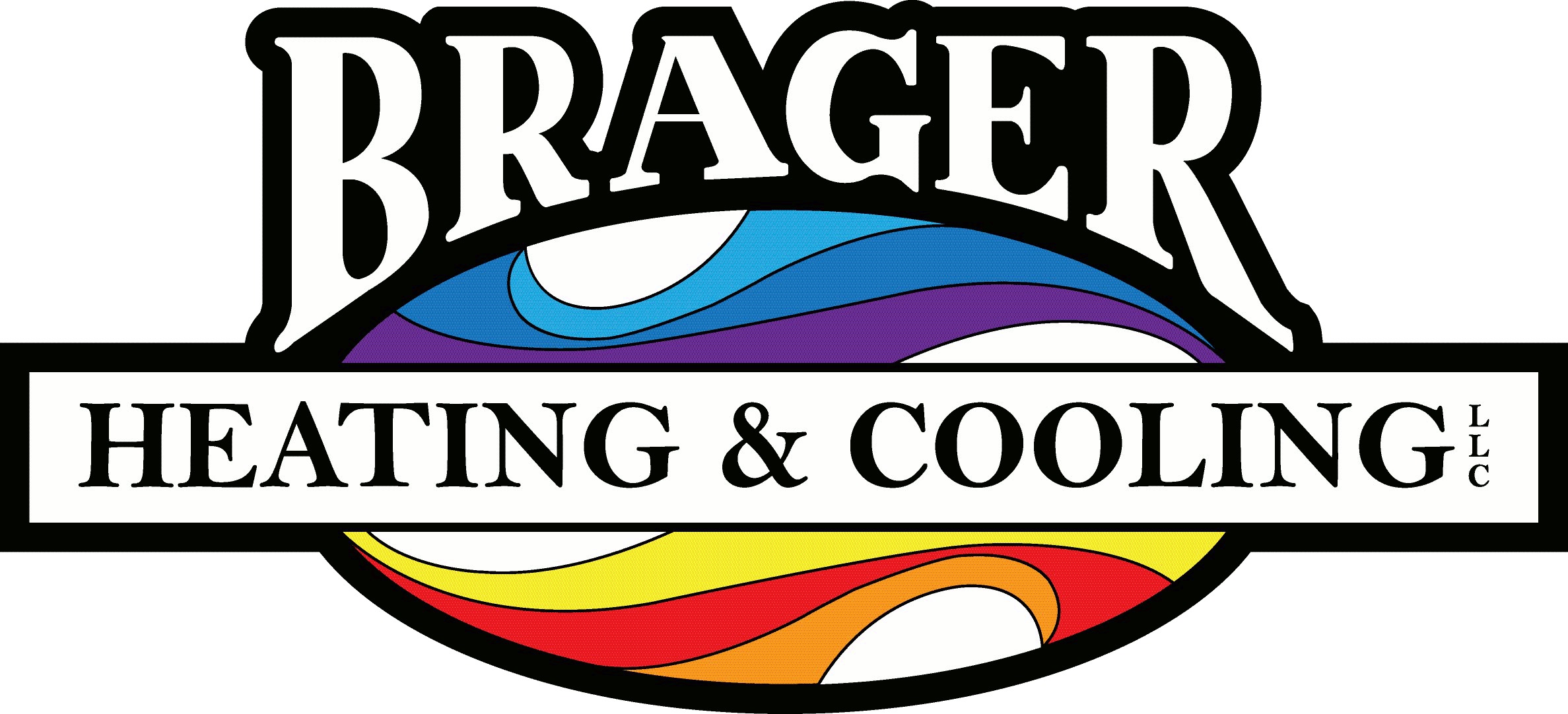
The thought of installing both a furnace and heat pump may sound somewhat unusual at first. After all, why do you need two heaters? While furnaces and heat pumps both provide energy-efficient heat, the variations in their design actually make installing both of them a viable option. It’s not for everybody, but with the right conditions you could truly benefit from using a furnace and a heat pump.
You’ll want to take a look at several factors in order to decide if this type of setup suits you. Your local climate and the dimensions of your home are both highly important, especially for the heat pump. This is because multiple models of heat pumps start to work less effectively in winter weather and bigger homes. Even so, you can still take advantage of heat pump installation in Mount Horeb.
Heat Pumps May Be Less Efficient in Cold Weather
Heat pumps are commonly less reliable in colder weather due to how they generate climate control to begin with. As opposed to furnaces, which ignite fuel to provide heat, a heat pump reverses its supply of refrigerant to draw heat from outdoor air. This heat is then drawn inside and circulated throughout your home. Provided there is still some heat energy in the air, a heat pump will function. But the cooler the temperature, the less efficient this process is.
The less heat energy is accessible outside, the more time is needed for a heat pump to draw heat indoors to reach your desired temperature. It might depend on the exact make and model, but heat pumps can start to drop in efficiency at temperatures of 40 degrees and colder. They still remain an energy-efficient option until 20-25 degrees, at which a gas furnace is more effective.
What Temperatures Do Heat Pumps Perform Best In?
Heat pumps function best in moderate climates 40 degrees and up. That being said, you don’t have to lose out on the benefits of a heat pump just because your local climate is cooler. In fact, that’s why owning both a furnace and heat pump might be worth the expense. You can use the heat pump for energy-efficient heat until the weather is cool enough to justify switching to something like a gas furnace.
Certain makes and models claim greater effectiveness in cooler weather. For example, the Lennox MLA heat pump is capable of operating at 100% capacity at 0°F. It can even continue running in temperatures as extreme as -22°F. For optimal energy efficiency, you’ll likely still want to swap to the furnace in particularly cold weather.
So Should I Install a Heat Pump if I Have a Gas Furnace?
If you’re interested in maintaining the most energy-efficient HVAC system achievable, installing a heat pump and gas furnace at the same time is worth the investment. Not only is a dual-heating system adaptable, but it offers other perks like:
- A source of backup heating – A redundant heating system means even if one fails, you still have the means to heat your home. It won’t always be the most energy efficient, but it’s better than having an unheated home while you hold out for repairs.
- Fewer energy costs – The ability to decide which heating system you use depending on the highest energy efficiency lowers your total costs. Smaller heating bills over the life span of these heaters can really add up to a lot of savings.
- Less strain on both systems – Rather than running one system all winter long, heating duties are split between the furnace and heat pump. Crucial components could last longer as they’re not under constant use.
If you’re still not sure about heat pump installation in Mount Horeb, don’t hesitate to reach out to your local expert technicians. They can review your home’s comfort needs and help you figure out if a dual-heating HVAC system is the right option.
